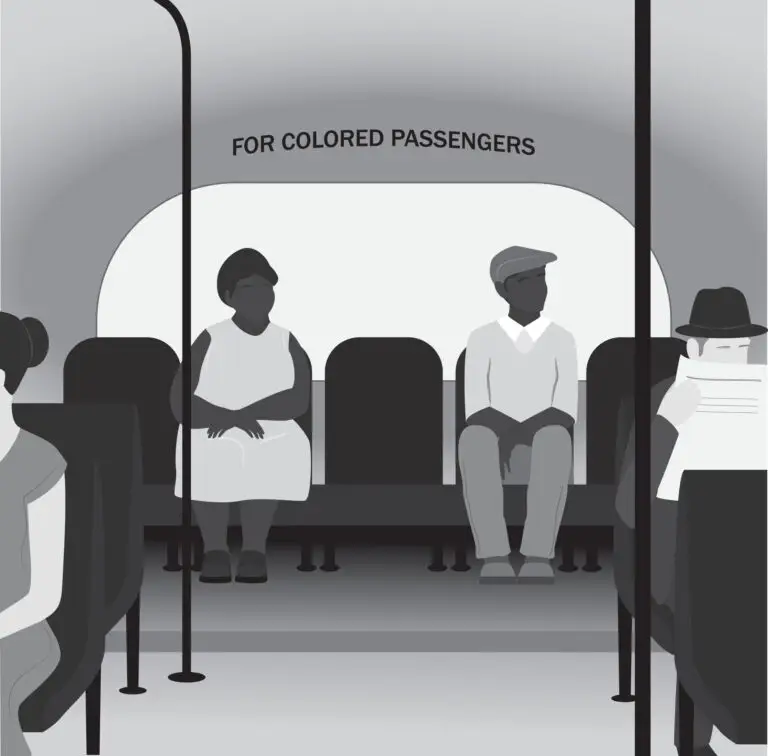Plessy v. Ferguson

Table of Contents
What is Plessy v. Ferguson?
Plessy v. Ferguson was a landmark U.S. Supreme Court case decided in 1896 that significantly impacted the legal doctrine of “separate but equal” and the enforcement of racial segregation in the United States.
The case arose from a challenge to a Louisiana law mandating racial segregation on trains, and the Supreme Court’s decision in Plessy v. Ferguson upheld the constitutionality of such segregation under the doctrine of separate but equal.
Plessy v. Ferguson Court Case
Plessy v. Ferguson was a landmark U.S. Supreme Court case in 1896 that upheld the constitutionality of racial segregation under the “separate but equal” doctrine.
The case originated when Homer Plessy, a mixed-race man in Louisiana, intentionally violated a state law by sitting in a whites-only railway car.
The legal challenge argued that the state’s segregation law violated the Equal Protection Clause of the 14th Amendment to the U.S. Constitution.
The Supreme Court, in a 7-1 decision, ruled against Plessy, with Justice Henry Billings Brown writing the majority opinion.
The majority opinion contended that separate facilities for different races did not necessarily imply inferiority as long as the facilities were deemed equal.
Justice John Marshall Harlan dissented, asserting that the Constitution was color-blind and that the law should not recognize distinctions based on race.
Plessy v. Ferguson established the legal precedent for state-sponsored racial segregation, and it had a profound impact on subsequent discriminatory laws in the United States.
The “separate but equal” doctrine allowed Southern states to institutionalize racial segregation in various public facilities, including schools, transportation, and public accommodations.
The Plessy decision remained the precedent for racial segregation until the Supreme Court overturned it with the landmark case Brown v. Board of Education in 1954.
Plessy v. Ferguson is widely criticized for perpetuating racial inequality and discrimination, and it serves as a historical example of a Supreme Court decision that later had far-reaching social and legal consequences.
Related Links
Abolitionism
Jim Crow Laws
Seneca Falls Convention
Underground Railroad